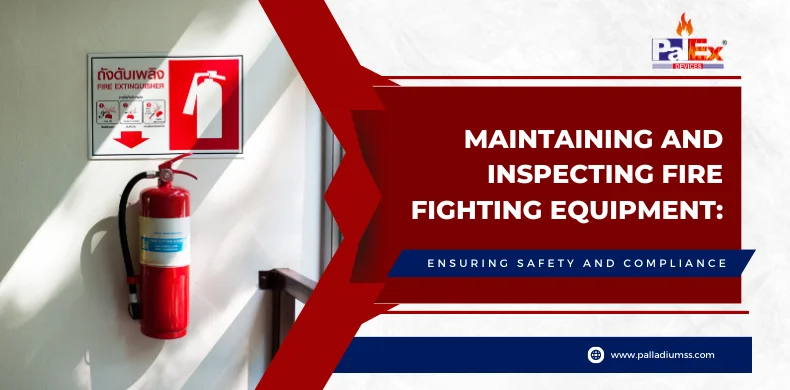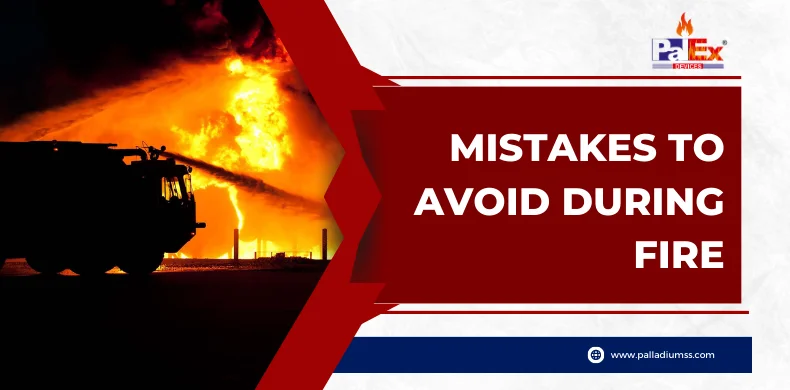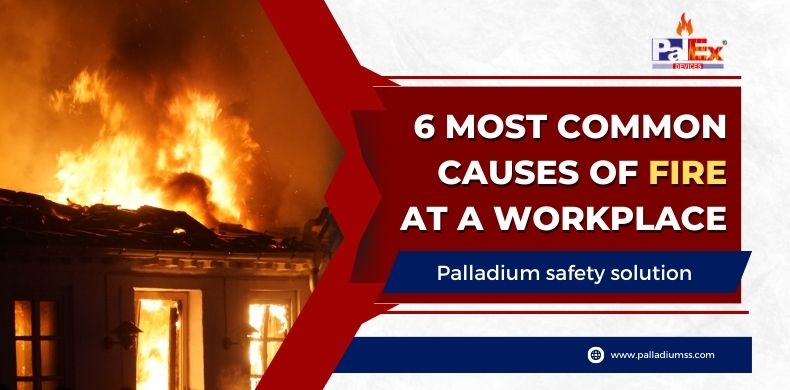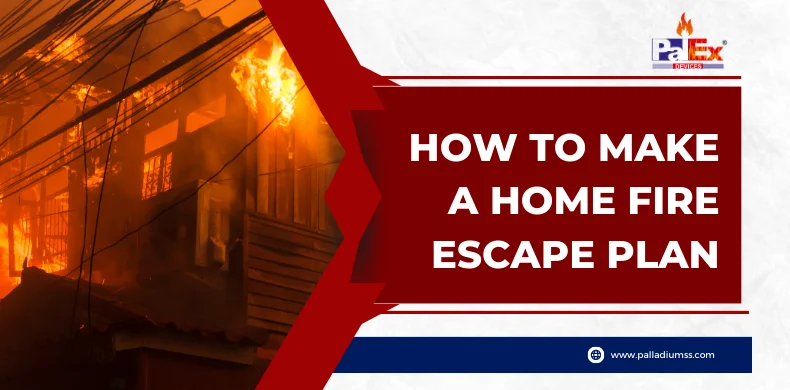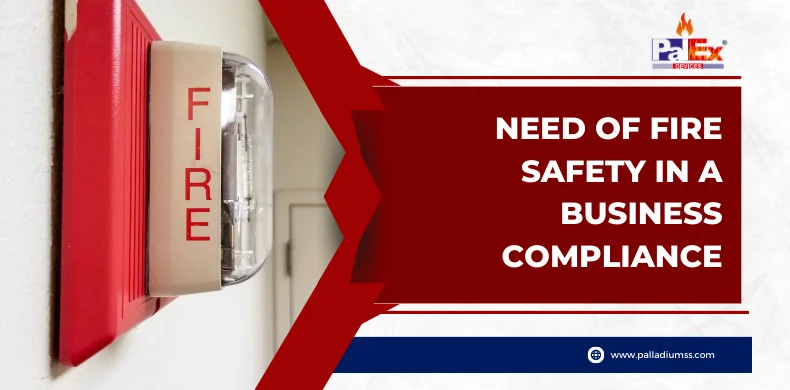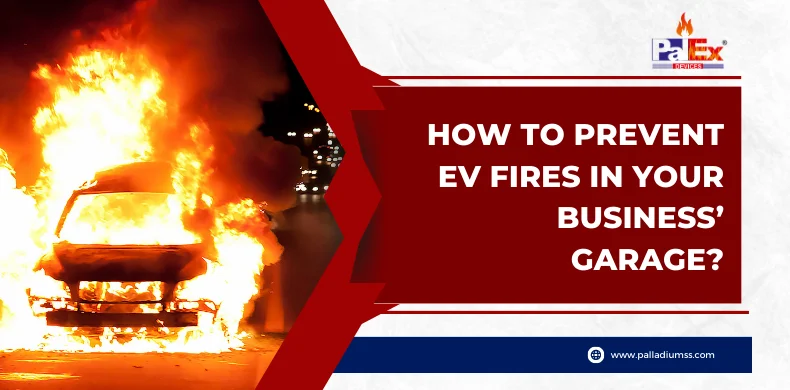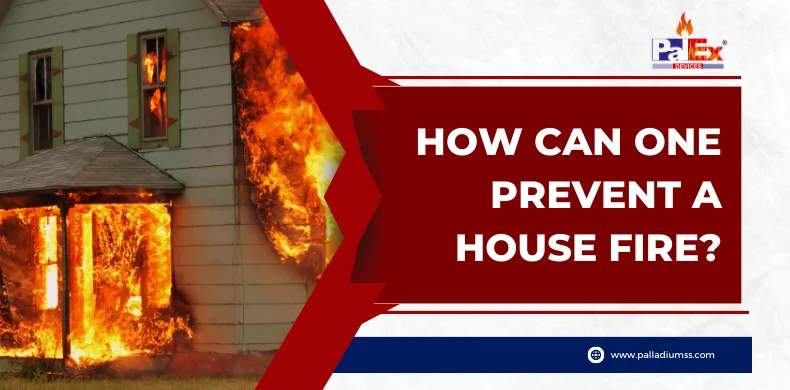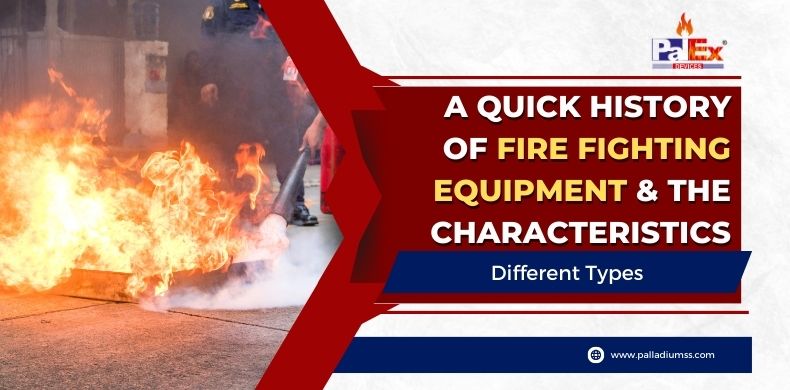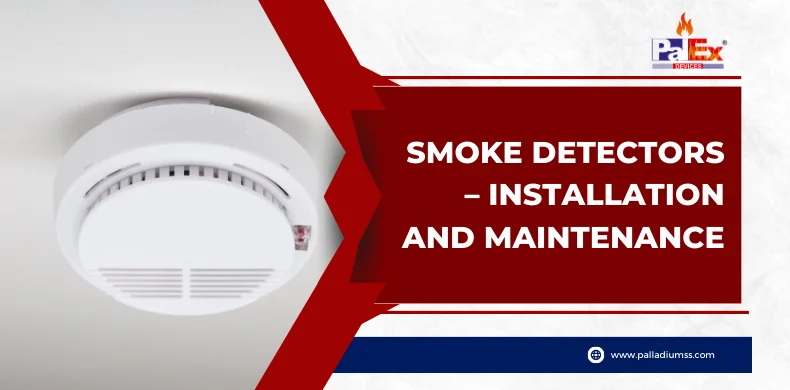Firefighters and people’s safety depend on taking care of firefighting gear. To be prepared for crises, all instruments and equipment like hoses, spouts, pumps, and protective caps have to be working appropriately. It’s really important to comply with the rules and do things the correct way when taking care of firefighting equipment. In case you get ready for your gear sometime recently in a crisis, you’ll make beyond any doubt it’s secure to use. This will lower the chance of getting harmed or damaging things, and can indeed spare lives. In this article, we are going into conversation almost ways to check and look out for your firefighting adapt so merely are prepared for any circumstance.
- Follow the Manufacturer’s Recommendations: Do what the maker suggests to keep and check firefighting gear. This means checking things often, doing normal upkeep, and putting in new parts if they are old or broken.
- Conduct Regular Inspections: It’s important to check firefighting equipment once a month to keep it in good condition. This means checking hoses, nozzles, valves, and other parts to see if they are old, damaged or rusty.
- Keep Records: Make a list of everything you check and fix on fire equipment. Keep the list safe. This helps find problems that happen again and makes sure all machines follow the rules.
- Replace Worn or Damaged Parts:If any part is old or broken, change it right away. This will make sure that the equipment works well in an emergency. This means things like tubes, squirters, switches, and other parts.
- Test Equipment Regularly: Make sure to check firefighting equipment often to be sure it works correctly. This involves checking if pumps, hoses, nozzles, and other parts are working correctly and if they are allowing the right amount of liquid or gas to pass through.
- Clean and Dry Equipment: Make sure to clean and dry the firefighting equipment after each time you use it so that it doesn’t rust or break. This means parts like hoses, nozzles, valves, and other pieces.
- Train Personnel: Teach everyone how to take care of and check firefighting tools correctly. This means keeping equipment in the right place, making it clean and using it carefully.
Stay on Track and Avoid Costly Mistakes with Compliance Guidelines
- Follow All Local, State, and Federal Regulations: Make sure you obey all the rules of the government. Check that all firefighting gear is made and taken care of correctly, according to the government’s rules.
- Conduct Annual Inspections:It’s important to check and fix all the firefighting equipment every year like pumps, hoses, nozzles and other important parts, to be ready in case of a fire.
- Use Certified Technicians: You must use approved workers who are experts when fixing firefighting tools and doing the upkeep. Their skills make sure that the equipment is taken good care of, lowering the chances and making sure it works great in emergencies.
- Document Compliance: Keep a written record of all the times you checked and fixed firefighting equipment to follow the rules.
- Conduct Training: Regular training for all personnel on proper maintenance and inspection procedures for firefighting equipment is crucial for readiness in emergencies. This ensures that everyone knows how to use the equipment correctly and that it is in good working order.
On the off chance that you are doing what you’ve gathered and take after the rules, you’ll make beyond doubt that your firefighting hardware is in great shape and checked regularly. This will make it beyond doubt that everybody is secure when there’s a fire.
Also read :Do Not Keep Your Fire Escape Plans a Secret
Conclusion
Each piece of firefighting hardware plays a vital part in keeping individuals secure. By taking after compliance rules and best hones, you’ll be able to guarantee that your gear is in the best shape and prepared to utilize in a crisis. From conducting standard reviews and utilizing certified specialists to keeping records and conducting regular training, there are many steps you’ll be able to take to preserve and review firefighting gear. By doing so, you’ll guarantee that your hardware is continuously in great working arrange and prepared for activity. Keep in mind, remaining on track with compliance rules is fundamental for ensuring your commerce and keeping everybody secure.

